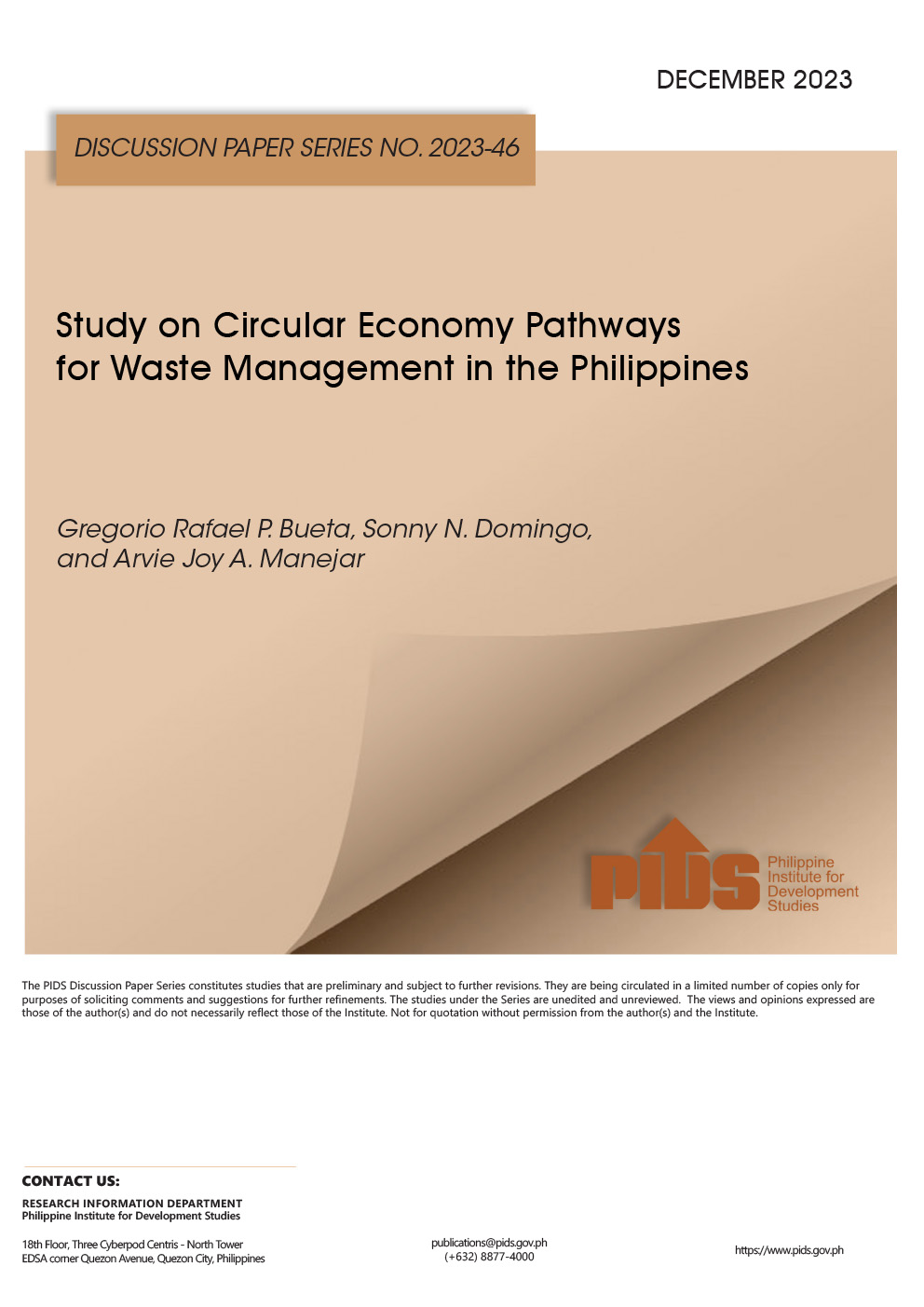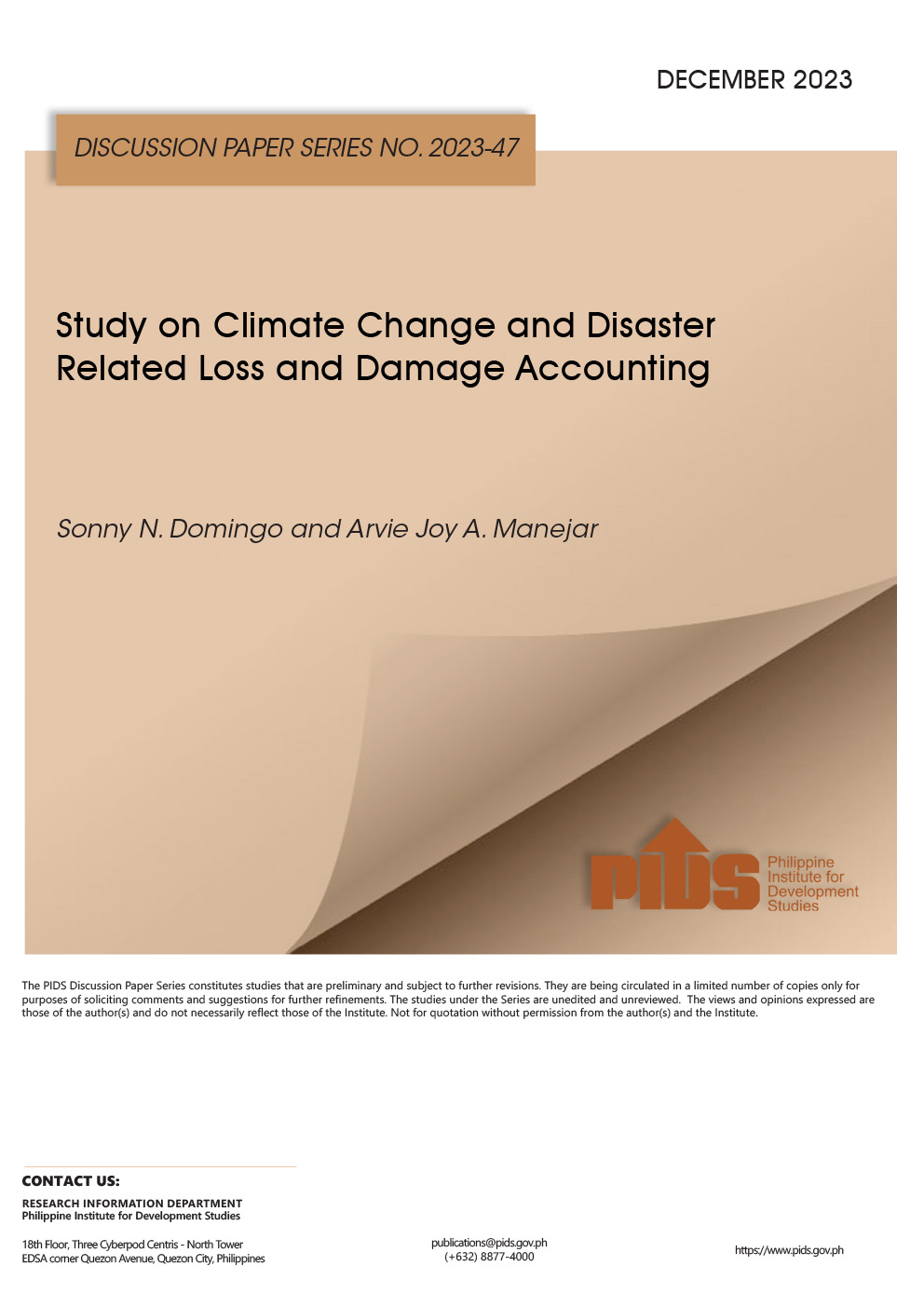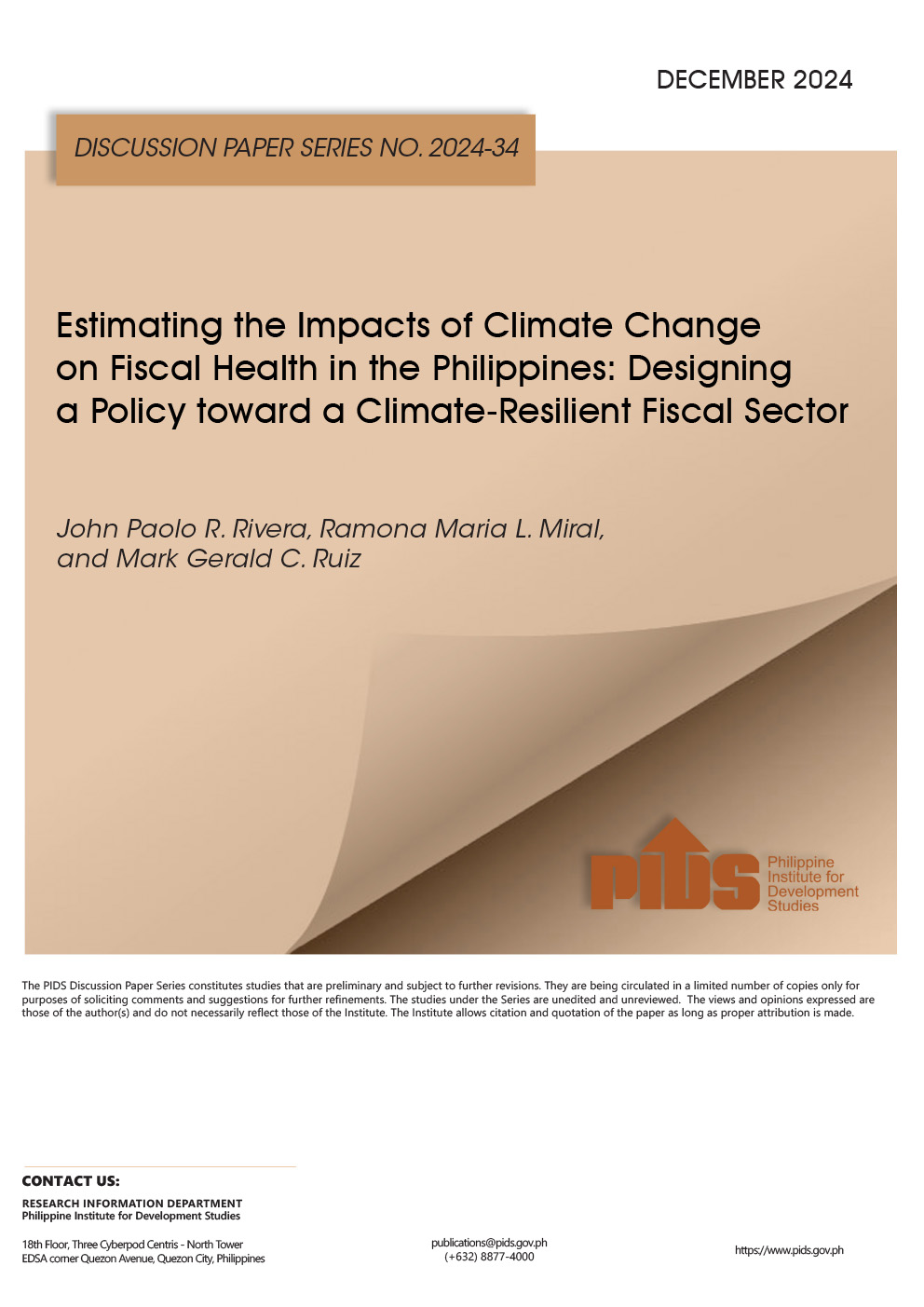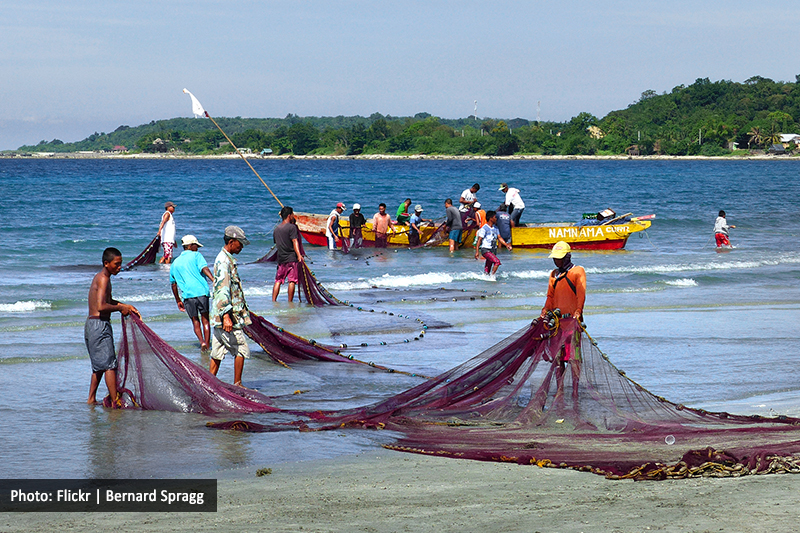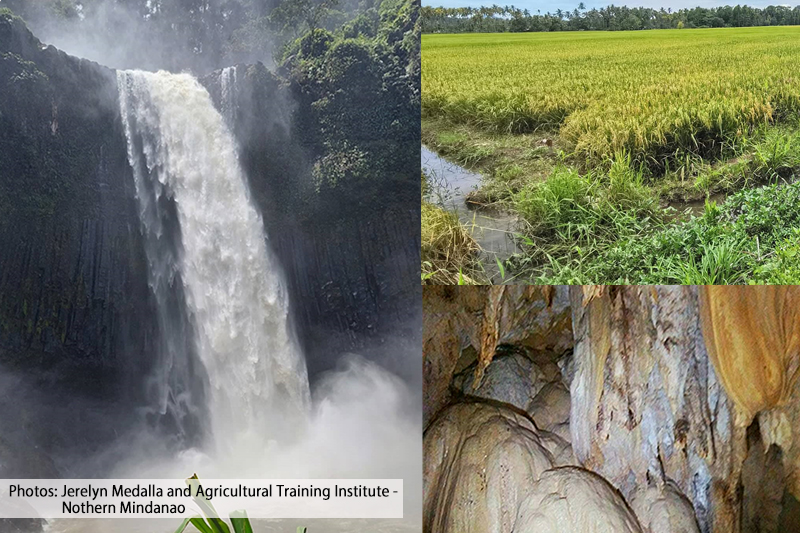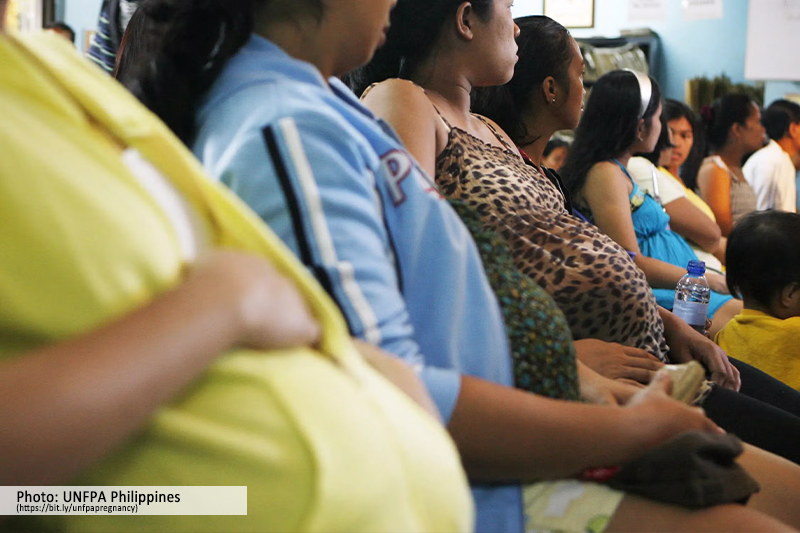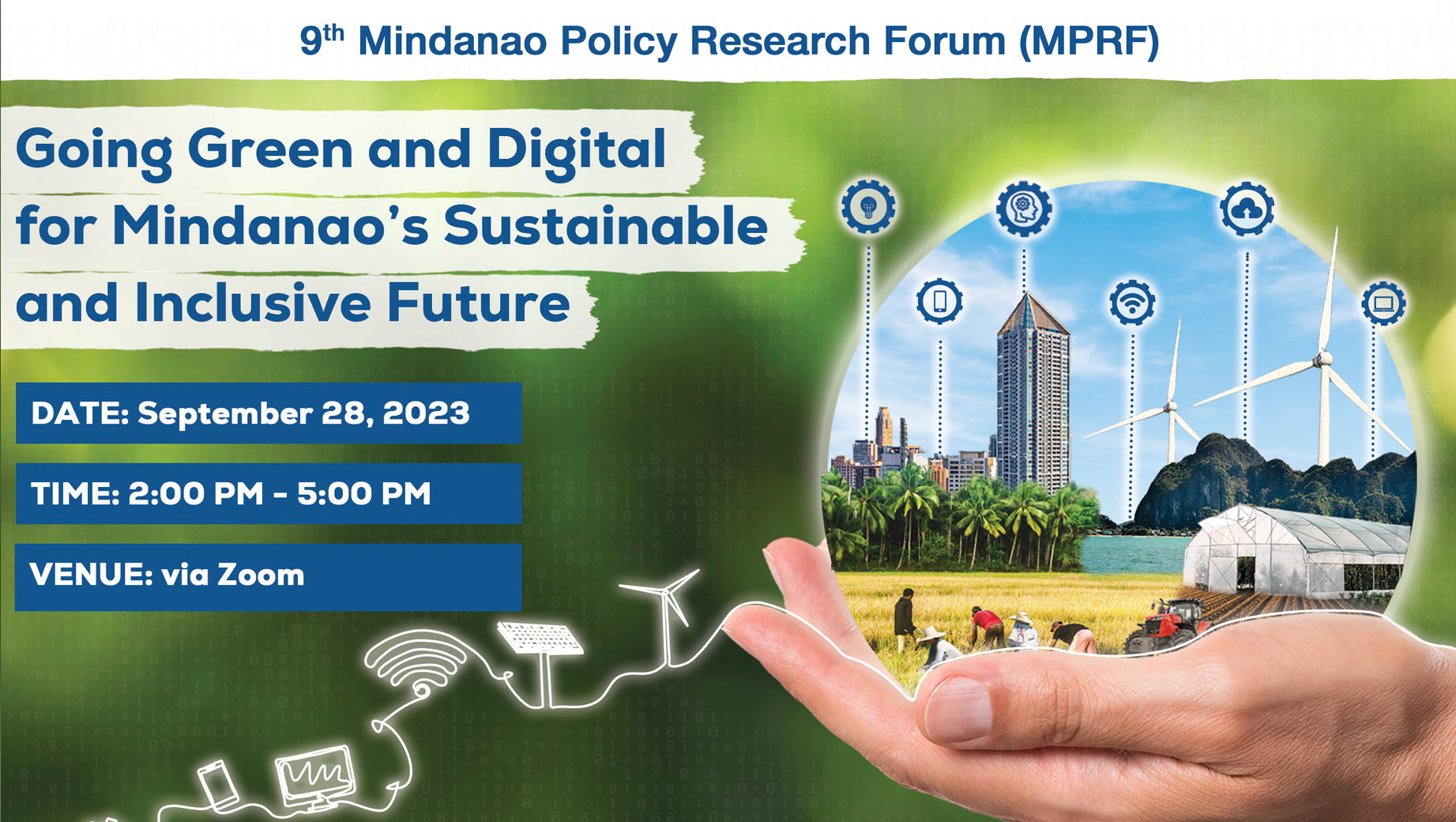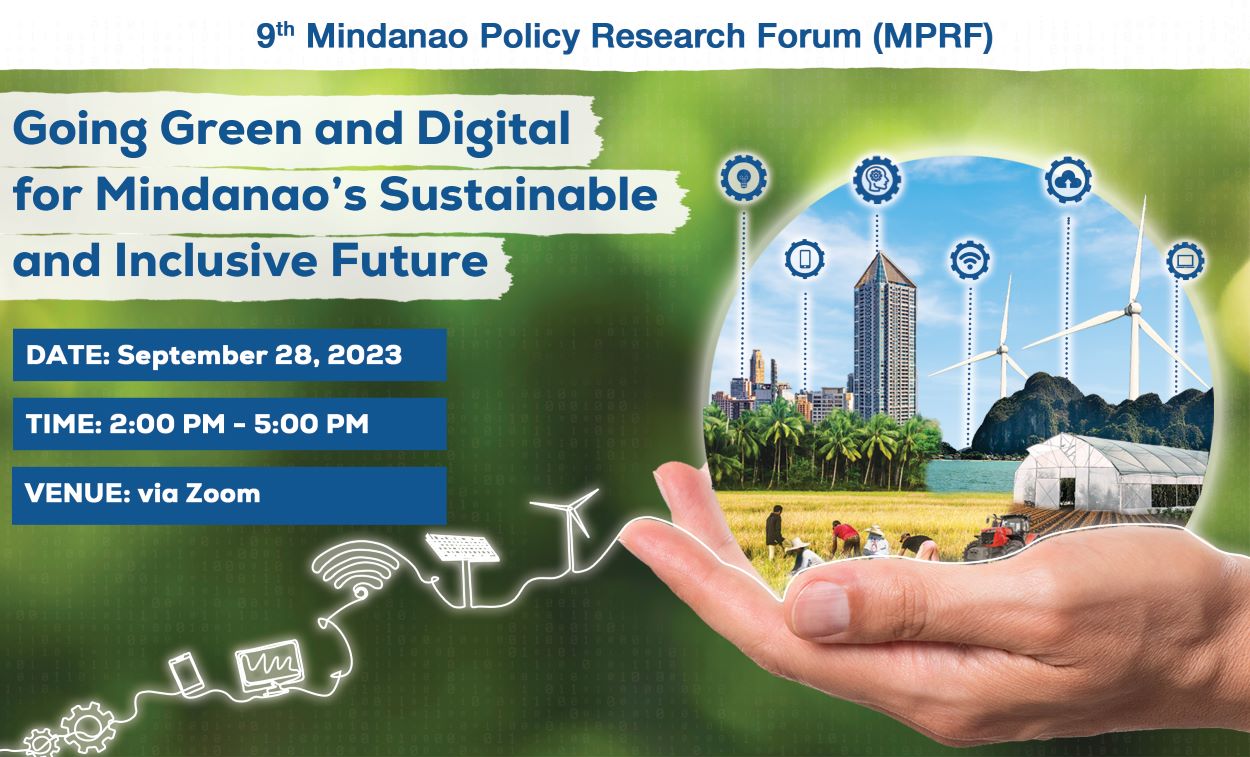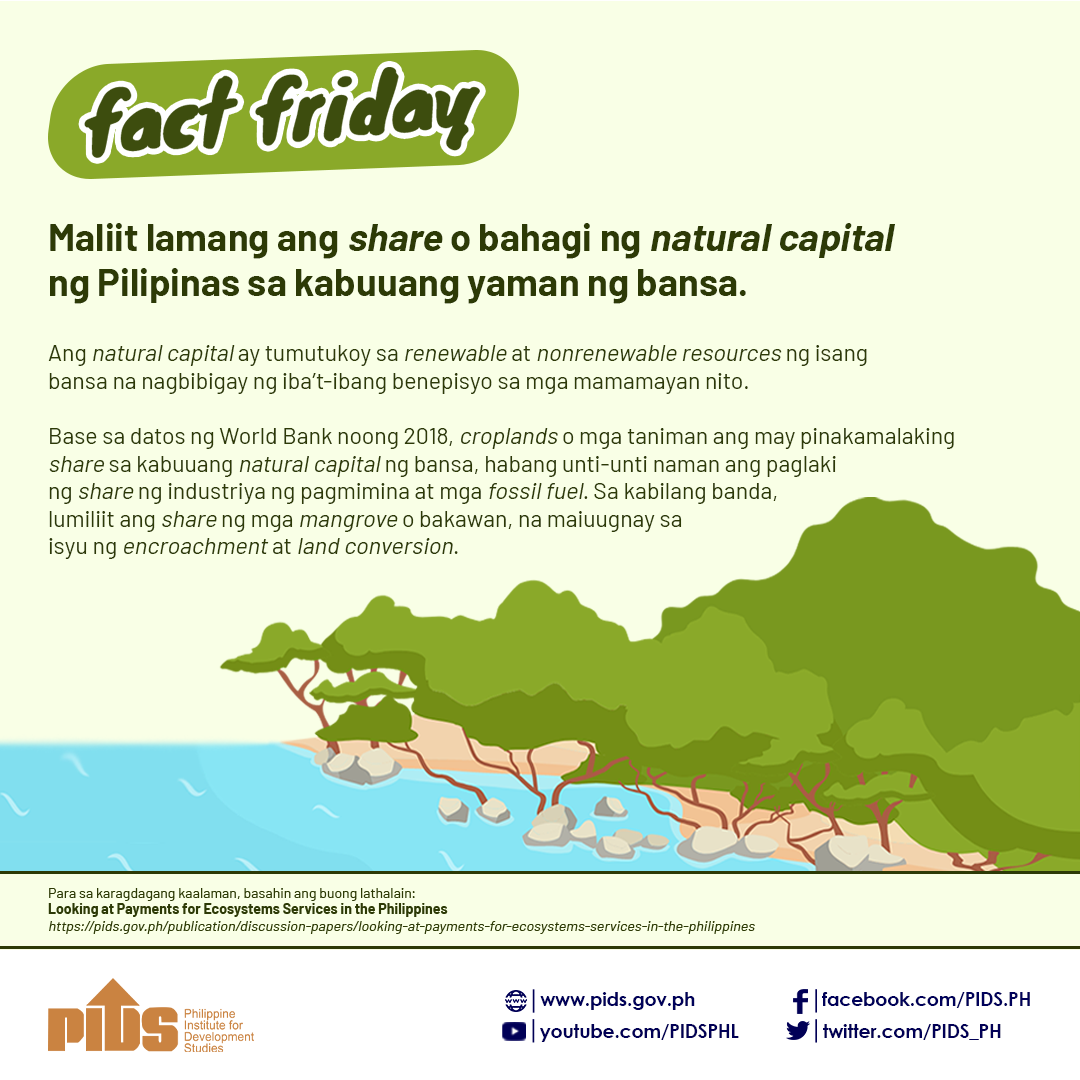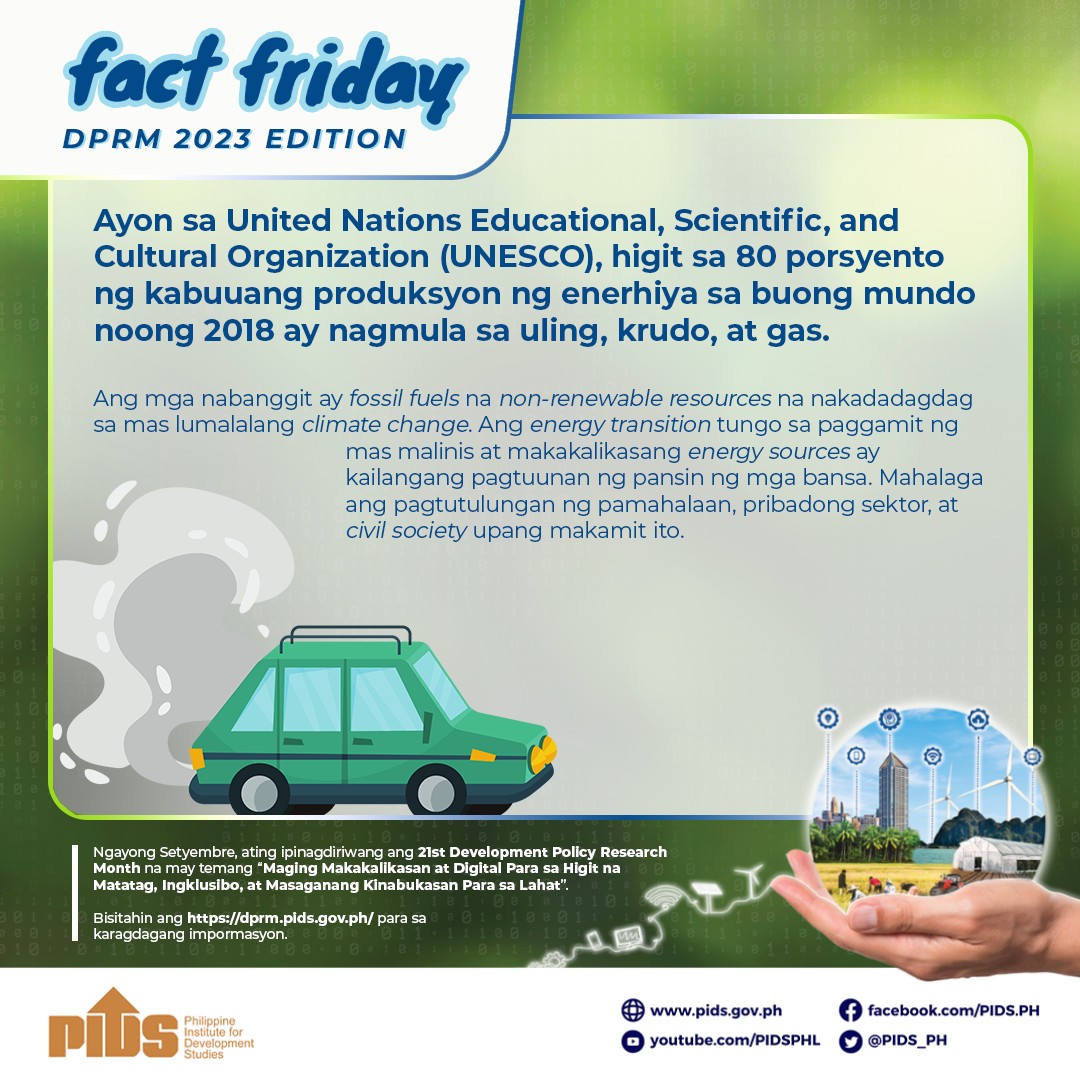DURING the launch of the Philippines' Sustainable Finance Roadmap and Guiding Principles on October 20, 2021, Department of Finance Secretary Carlos G. Dominguez said the Philippine government is "committed to reduce greenhouse gas emissions by 75 percent over the next decade."
Among the strategies the government is leaning towards more is increasing the share of renewable energy in the overall power supply mix of the country. At present, the country is relying on non-renewable resources like oil and coal to sustain its energy demands. The same can be said for the current power situation in Mindanao, which used to see a higher share of renewable energy sources in the power supply mix around a decade ago.
Following the entry of more coal-fired power plants in 2014 and 2015, the share of coal-fired power plants has steadily increased. The entry of these large baseload power plants, with a single unit of the power plant being able to supply the grid with around 100 MW to 150 MW, filled the gaps of Mindanao's energy demand. This in turn led to more investments and a better business climate for the island.
Based on the daily power monitoring of the Department of Energy in Mindanao (DOE-Mindanao), as of October 17, 2021, the total rated capacity of all power plants in Mindanao is 4,463.13 megawatts (MW) while total generation is at 260,356-megawatt hour (MWh).
Of Mindanao's total capacity mix, coal-fired power plants account for 2,263 MW or 51 percent of Mindanao's capacity mix. It is followed by hydroelectric plants (1,158.17 MW or 26 percent), oil-based power plants (771.20 MW or 17 percent), geothermal (104.48 MW or 2 percent), solar (79.98 MW or 2 percent), and biomass (66.30 MW or 2 percent).
In terms of generation mix, coal-fired power plants are generating 162,842.04 MWh. This is around 62 percent of the total power being generated by the power plants in Mindanao. Coal plants are followed by hydroelectric plants (80,881.92 MWh), geothermal (9,726.66 MWh), oil-based power plants (3,121.05 MWh), biomass (1,949.37 MWh), and solar (1,838.43 MWh).
However, in a bid to meet its commitment to reducing greenhouse gas emissions, the government is looking into the possibility of slowly retiring the coal-fired power plants in Mindanao.
"As we improve our renewable energy sources, we will retire coal-fired plants in the region. This landmark project will be launched at the COP26 meeting in Glasgow. This could serve as a model for coal-dependent emerging economies to gradually shift from fossil fuels to more sustainable and greener energy sources," Dominguez said during the launch of the Sustainable Finance Roadmap and its Guiding Principles on October 20, 2021.
He added that the government is "exploring a financing mechanism that will improve the generating capacity of the Agus-Pulangi hydropower plant in Mindanao." The hydroelectric power plants have a combined installed capacity of 1,001 MW. However, due to several factors, including its aging equipment, the average available capacity is only around 600 MW to 700 MW. This further drops during the dry season or El Niño.
According to the recently released Philippine Energy Plan (PEP) 2020-2040, the National Power Corporation (NPC) "is currently in the preparatory stage for the implementation of the Agus-Pulangi Rehabilitation Project (APRP)" with the involvement of Department of Finance, Department of Energy, and the Power Sector Assets and Liabilities Management Corporation (Psalm).
"The project aims to restore the original combined capacity of about 1001 MW and extend their economic life to another 30 years," DOE said in its report.
According to the Project Information Document (PID) of the APRP that was submitted to the World Bank, the project seeks "to enhance the reliability of clean energy generation in Mindanao."
The rehabilitation of the Agus-Pulangi hydropower plants is seen to lessen Mindanao's reliance on non-renewable energy resources.
Future renewable energy projects
Aside from the planned rehabilitation of the Agus-Pulangi hydropower plants, the private sector is also heeding the call of the government to establish renewable energy plants in Mindanao.
Based on the list of committed power projects in Mindanao as of May 31, 2021, there are a total of 13 renewable projects with a combined installed capacity of 102.03 MW. Based on the description of the Electric Power Industry Management Bureau, committed power projects are those "that have secured financial closure."
The largest of the committed renewable power projects in Mindanao is the 25 MW Lake Mainit Hydroelectric Power Plant of the Agusan Power Corporation in Jabonga, Agusan del Norte.
Meanwhile, the Alsons Power Group has announced that it will be venturing into renewable energy. It announced in 2018 that it will be investing P4.25 billion for the 15.1 MW run-of-river hydroelectric power project (HEPP) at the Siguil River basin in Maasim, Sarangani Province. The project is currently listed among the committed power projects in Mindanao as of May 31, 2021. According to the data from DOE, the project's target commercial operation is December 2021.
During the webinar titled "Mindanao as the energy hub in the country, Davao as a world-class energy corridor" on September 23, 2021, Aboitiz Power Corporation Distribution Utilities chief operating officer Anton Perdices said as the company increases its portfolio to 9,200 MW in the next ten years, 50 percent of the portfolio or 4,600 MW will be renewable energy.
AboitizPower, which operates solar, geothermal, and hydroelectric power plants in the country through different subsidiaries, will be investing around P190 million in the next decade for renewable energy.
"As of August 2021, we have already identified 2,900MW of new renewable projects across the country in all varying stages of development. This part of the additional 3,700 MW of Cleanergy that we are targeting to develop until 2030," Perdices said. Some of the projects could be in Mindanao.
Renewable energy investment hurdles
However, establishing a renewable energy power plant in Mindanao is not a smooth and fast ride.
Regulatory hurdles are affecting the investments for renewable energy plants.
Mindanao Development Authority Deputy Executive Director Assistant Secretary Romeo M. Montenegro said it is not easy to put up a renewable energy power plant in Mindanao or anywhere in the country due to the long regulatory process renewable energy investors had to undergo.
"Our policies as of the moment are heavily skewed towards fossil energy. Based on a study we did in 2012 on regulatory hurdles, [those] that are confronting proponents in renewable energy are much more cumbersome and an uphill climb compared to those applying for fossil energy," said Montenegro, who was a panelist in the same webinar on September 23. The webinar is part of a series of small virtual seminars leading up to the Davao Investment Conference (Icon) from November 11 to 12, 2021.
For coal-fired power plants, the regulatory process is around three years, while diesel power plants could be in six months.
Meanwhile, based on the Discussion Paper of Maureen Ane D. Rosellon titled "The Renewable Energy Policy Debate in the Philippines" and published in April 2017 by the Philippine Institute for Development Studies, "renewable energy development up to the construction of a power plant can take four to five years to complete."
Rosellon also stated that "one company shared that it applied for 66 permits for a geothermal project, around 70 permits for a wind project."
"A solar and biomass company estimated that overall permitting may have required around 500 signatures. A hydropower company claimed that one project took around
1,300 signatures before they could begin construction – this includes signatures from the IP (Indigenous Peoples) communities. It was also noted that some signatures would require other persons to affix their initials," she said.
Other factors affecting the lengthy process of renewable energy plants included varying interpretation of rules, change of guidelines/policies upon assumption of new head/officer, and "First come, first served" policy.
Montenegro also said the policies or regulatory guidelines covering renewable energy would also depend on where it will be built or the technology being used.
However, despite the lengthy process, it takes for one to put up a renewable energy plant, Montenegro said the government, even in past administrations has made policy reforms to encourage the entry of renewable energy plants.
"We are seeing quite a lot of policy reforms in the past administrations that favored investments in the power generation sector or energy sector as a whole. We have always subscribed to the proposition that transition to renewable energy is policy-driven. Navigating to energy transition will require the work of many sectors and not just the power industry sector," Montenegro said.
The Renewable Energy Act of 2008 (RA 9513) and the Biofuels Act of 2006 (RA 9367) are the country's two major policies on renewable energy cited in the discussion paper of Rosellon.
Under the Renewable Energy Act, there are programs or policies that seek to promote renewable energy investment. Among these is Renewable Portfolio Standards (RPS), Feed-in Tariff (FiT) System, Renewable Energy Market (REM), Green Energy Option Program, and the Net Metering agreements.
Montenegro said renewable energy projects could also benefit from the Corporate Recovery and Tax Incentives for Enterprises (Create) Act. Under the law, it cuts the income tax rate of companies from 30 percent to 20 percent.
Philippine Energy Independence Council president Rolando Jason Paulino Jr. said the current policies on renewable energy are in the "right direction" towards encouraging more investments in this sector. However, the law has yet to be properly implemented.
He said there needs to be "clarity on some of these rules" that need to be "translated" to one that is more "practical and be easier to be implemented."
John Eric T. Francia, president and chief executive officer of AC Energy Corporation, also said some provisions of the Renewable Energy Act cannot be enjoyed by investors in Mindanao because the Wholesale Electricity Spot Market (Wesm) is not yet in full operation on the island.
The Wesm "is a venue for trading electricity as a commodity." It is "where the generators sell their excess capacities not covered by contracts and where the customers buy additional capacities on top of their contracts."
Francia investors in Mindanao are not able to utilize the Green Energy Option Program (GEOP) without the Wesm. The GEOP "is a voluntary policy mechanism allowing consumers with 100 kilowatts (kW) and above demand to source their electricity supply from renewable energy suppliers."
"GEOP is a very important driver for renewable energy. It is just starting in Luzon and the Visayas. It accelerates the open market because the Retail Competition and Open Access (RCOA) is available to 500-kilowatt hour (kWh) customers. If you are a smaller customer, you do not have the benefit of choosing your supplier. But with the GEOP, that threshold goes down to 100kwh. So, that expands the market, and the power of choice in favor of the consumer is made more real," Francia said.
Francia, Wesm coupled with GEOP and RCOA can help spur more investment opportunities for renewable energy in Mindanao.
According to the DOE, while Wesm was launched on June 26, 2017, it is not yet on its commercial operations. For the commercial operation of the market to be declared, it has to meet a set of criteria -- systems and procedure, Trial Operations Program (TOP), operationalization, training, Price Determination Methodology, and New Market Management System.
Evolutionary transition
Paulino said coal remains to be a big part of the baseload of the Philippines, including Mindanao.
He said if the country wants to shift to a power supply mix that has a higher mix of renewable energy resources as against non-renewable resources, the shift has to be "evolutionary."
"Because if we want to really go for a renewable [energy] business in the future, we also need to be ready [with] power plants that allow us to meet the intermittent needs of renewable [energy plants]," Paulino said.
He said, for example, solar and wind will "not be there all the time."
"You need a power plant to come in whenever these renewable sources are not available," Paulino said.
One way that this can be done is to "balance the grid." This means that spreading out energy resources and at the same time investing in the power grid.
"It is helpful from an environmental perspective. Because if you can balance the grid, you can rely on some of the [renewable energy resources] in Mindanao and some of the existing coal-fired power plants in Mindanao. We do not need to build new power plants that could add to the emissions," Paulino said.
He said once the Mindanao-Visayas Interconnection Project is complete, it will allow Mindanao to export or import power from power plants outside the island. Currently, Mindanao is considered an independent grid from the main grid, which connects Luzon and Visayas.
However, Paulino said it is important that the submarine cables connecting the Mindanao and the main grid also have the capacity and capability to really maximize the power produced from Mindanao.
"There is the potential to develop the energy capacity that will allow us to balance the energy capacity that it is available in Luzon. If we can balance the whole country, that provides better security, sustainability, and independence from an energy perspective," Paulino said.
Meanwhile, Francia said battery energy storage systems (Bess) can also support the intermittent nature of some renewable energy resources.
"Bess is a type of energy storage system that is capable of storing energy electrochemically. It can be connected to the grid, small grid, distribution system, or end-user facility to deliver the energy demand when needed," AboitizPower said in a statement.
Perdices said AboitizPower, in partnership with Wartsila and Aboitiz Construction, will be putting up a 49 MW Bess project at the facility of Therma Marine, Inc. (TMI) in Maco, Davao de Oro. This is among the 12 BESS projects the company is putting in the next ten years across the country. The BESS project in Maco is currently listed under DOE as an indicative power project.
"This will support TMI's capabilities to support the Mindanao grid especially during the summer months when there is a limited supply of energy generated by hydropower plants due to low water levels," he said.
Long way to go
Mindanao's power story has come a long way.
For a long time, the island was powered by mainly the Agus-Pulangi Hydropower Plants. But as Mindanao's economy continued to grow, its power demand also went up.
The current power supply then was unable to support the power demands of the island leading to a power crisis that peaked from 2013 to 2014.
However, the entry of baseload coal-fired plants allowed the island to regain its footing leading to another economic boom. As a baseload power plant, coal-fired power plants were able to supply the daily power demands of Mindanao 24/7 as it continues to grow.
Now, Mindanao shifts to another chapter of its power story as it tries to balance sustainability, progress, and demand for power.
For now, it will be an uphill road if the government will push for a Mindanao grid that will be fully powered by renewable energy resources.
"For a developing country like ours, we have a long way to go it is possible that it will take time. Coal remains to be the most reliable and most economically viable energy source for us," Perdices said.
He added, "The reality is we cannot do away with coal unless a new technology proves to be environmentally sustainable yet as reliable and cost-effective as coal."
However, there remains to be an opportunity for renewable energy projects on the horizon.
Mindanao has an annual power demand growth of 7 percent and will be needing 100 MW to 150 MW per year. By 2030, Mindanao will need 3,500 MW of additional capacity.
Montenegro said in an earlier press forum that this could be a signal for power investors, especially those into renewable energy, to look into investing in Mindanao.
With this opportunity, Montenegro said the government is keen on meeting a 50 percent non-renewable and 50 percent renewable power mix by 2030 as stated under the Mindanao Development Framework.
A long road for renewable energy in Mindanao

